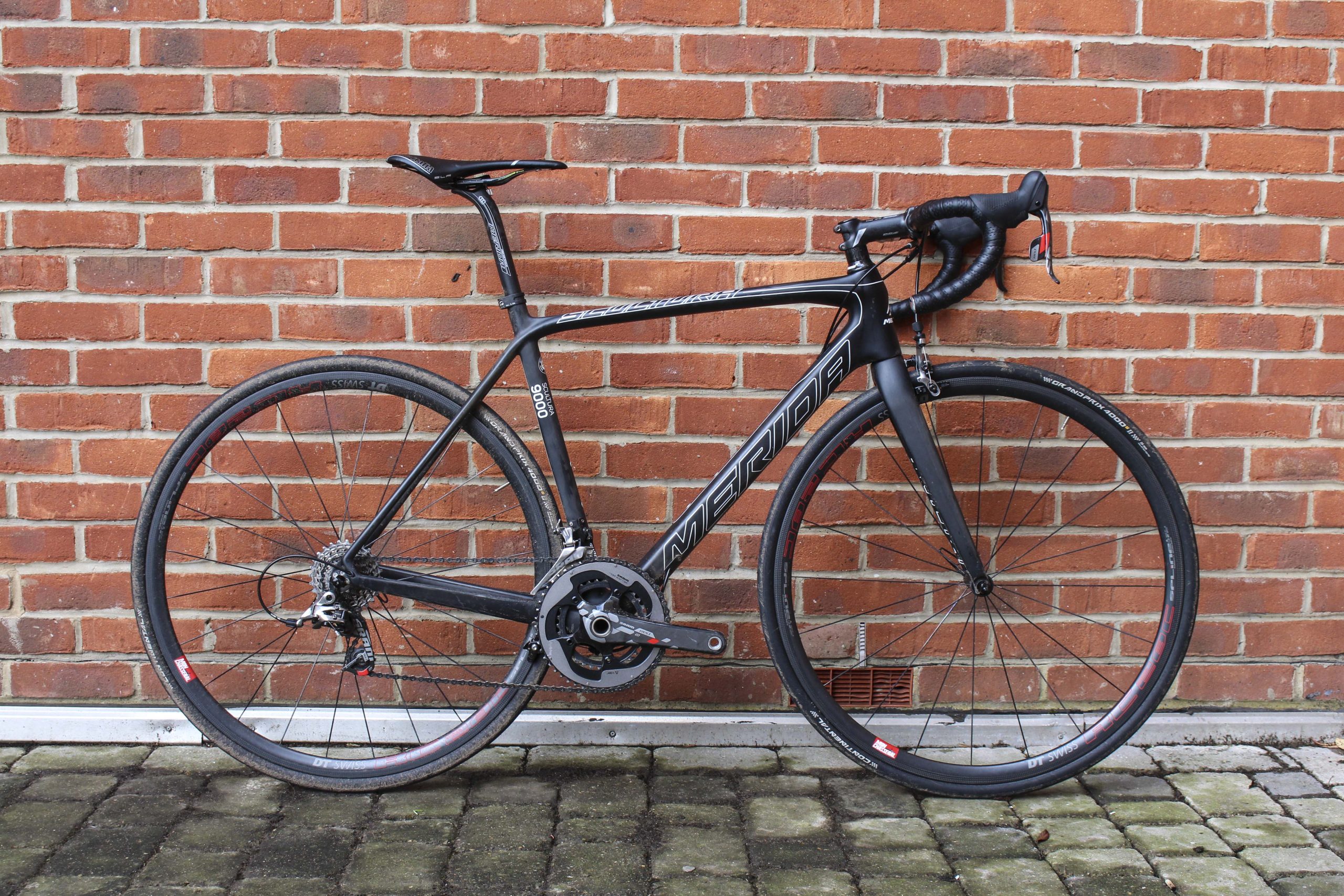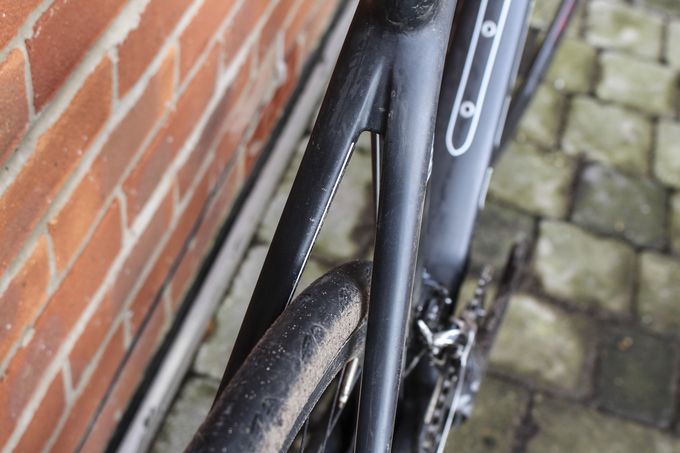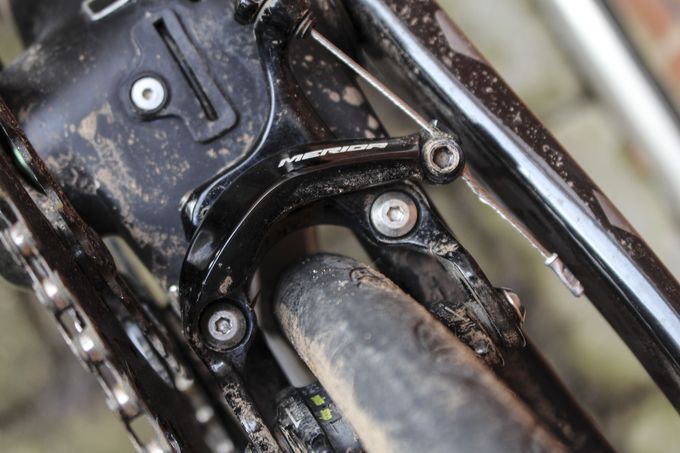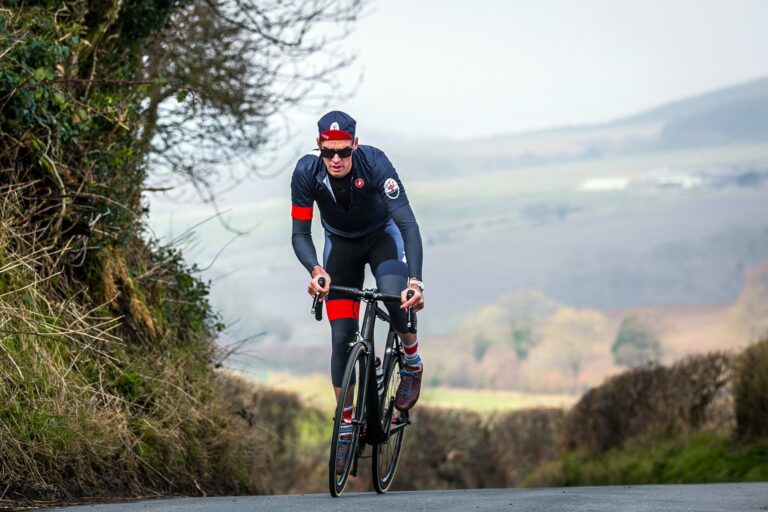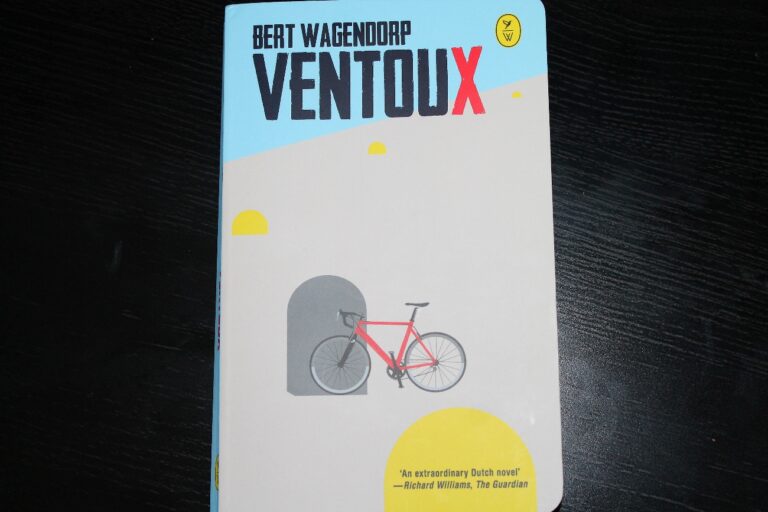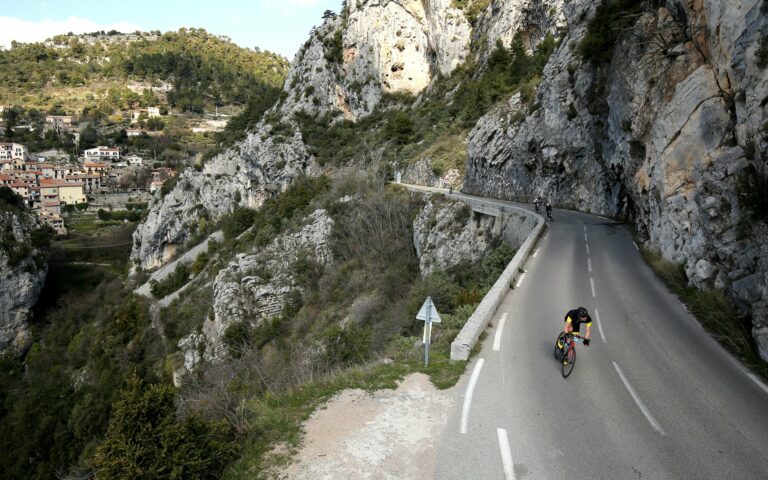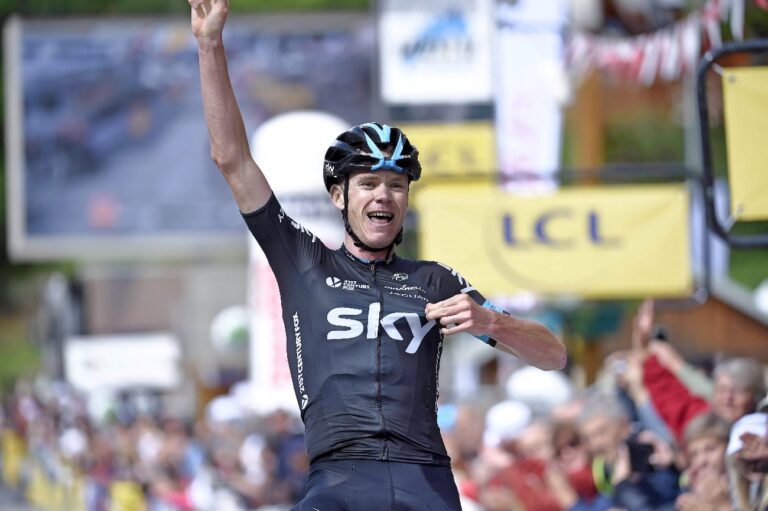Six one litre bottles of water weigh more than this bike. Think about that for a minute. And if you add two 500ml bidons to one you’re upping the bike’s weight by nearly 20 percent, which is pretty crazy. The funny thing is, this isn’t even the lightest version of Merida’s Scultura SL, that prize goes to the Scultura Superlite Ltd which drops over a kilo to get things down to 4.52kg, light enough that any climbing issues will be solidly down to you, not it.
Both that version of the Scultura and our test bike are built around a 680g frame, which is a testament to modern carbon manufacturing. The idea that something so light can be strong enough to withstand the rigours of road riding and, more importantly, hitting potholes, is amazing and it does make you wonder where the limits of carbon lie. Needless to say, it’s best not to think about hitting a pothole at 30mph on a bike with a frame weighing slightly more than bottle of Coke, because that sort of mindset leads to tentative riding, which itself leads to poor cornering and over-braking. Calm, Mike, calm.
Part of the reason for my slightly reticent attitude towards the bike is because when our Editor went on the launch of the Scultura SL last year, he was told by Jurgen Falke, Merida’s Director of Products, that the Lampre-Merida pro team weren’t using the top end CF5 frame because of concerns about how it would hold up in certain situations. Situations like the top tube being clamped on top of a team car, barreling into a speed bump, or even sitting on it prior to a race. I figured that if a top flight pro, with all their bike handling ability and probably around 10 fewer kgs of body weight than me might be cautious, I probably should be too.


